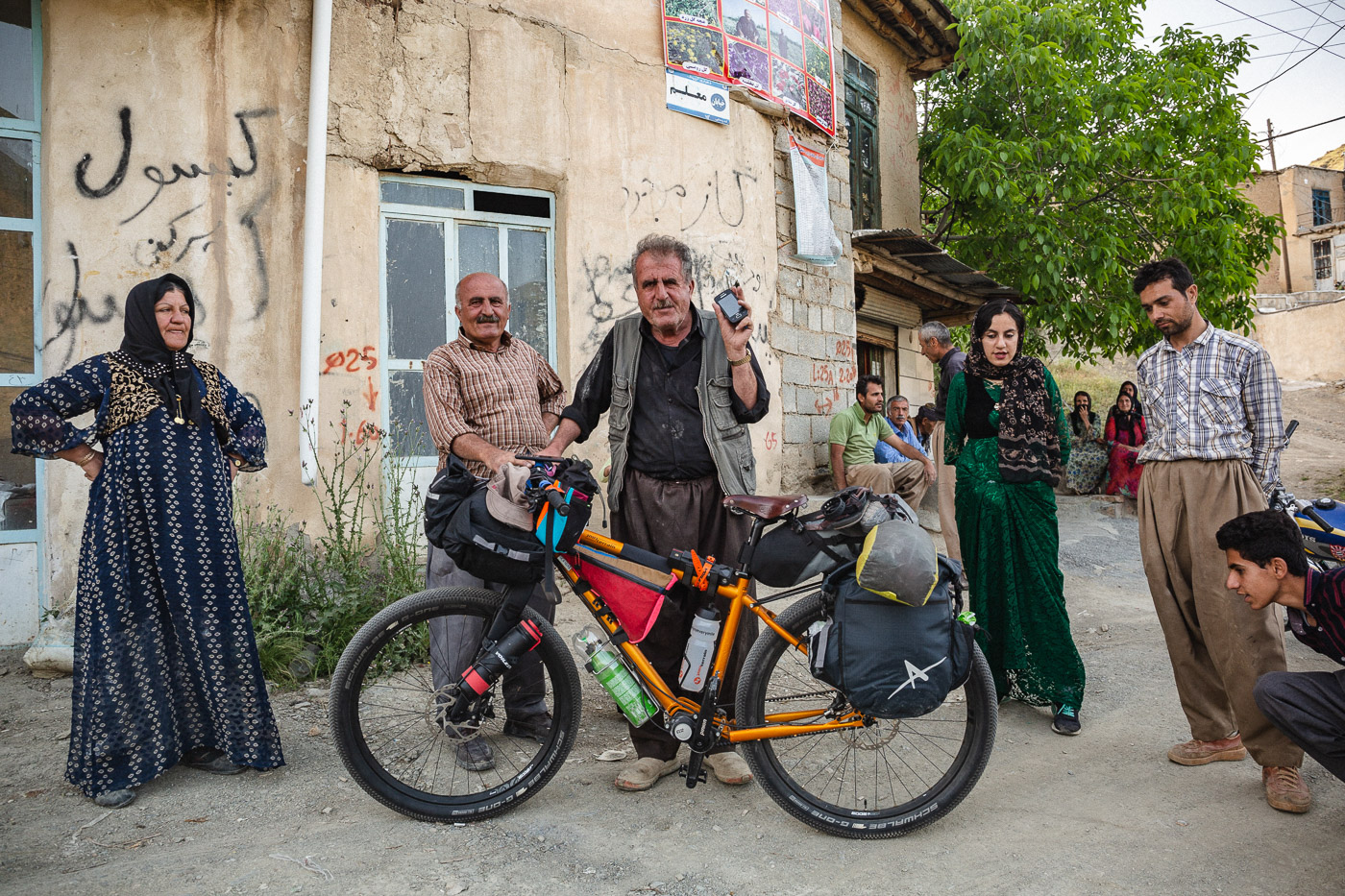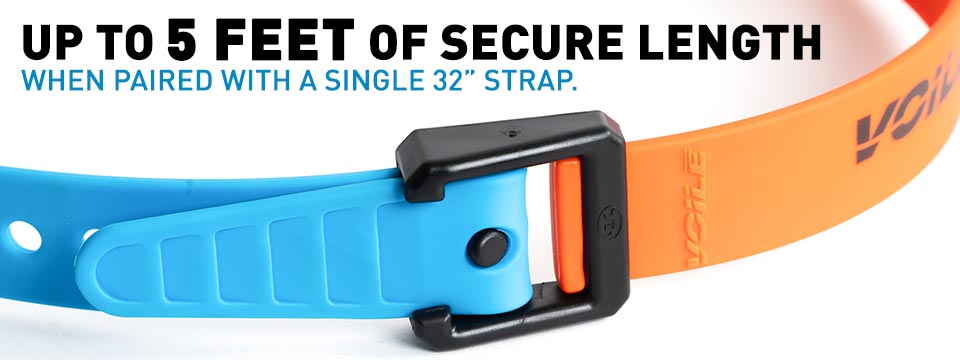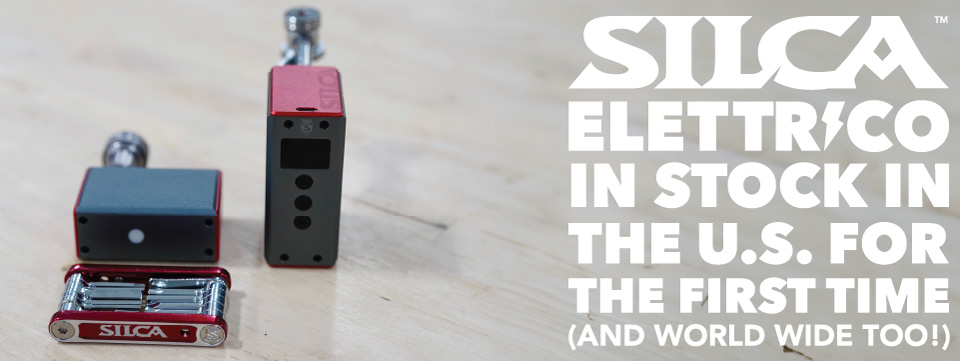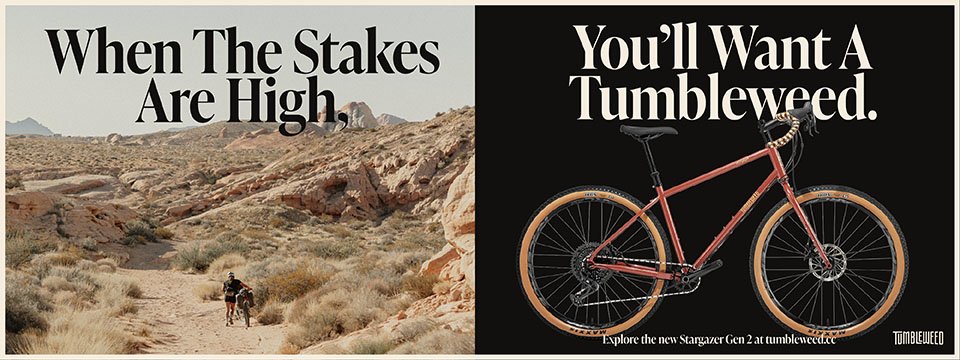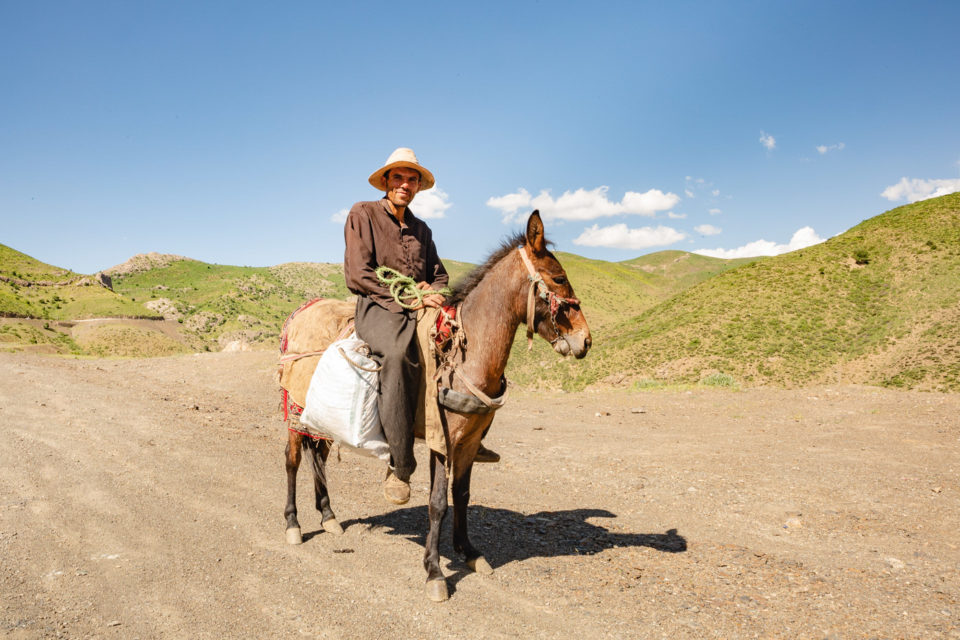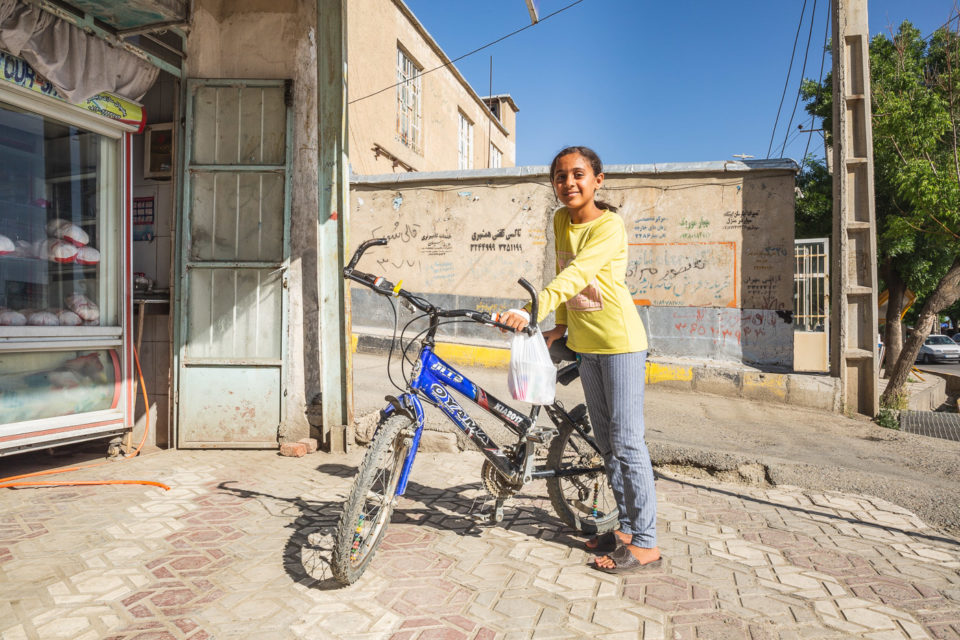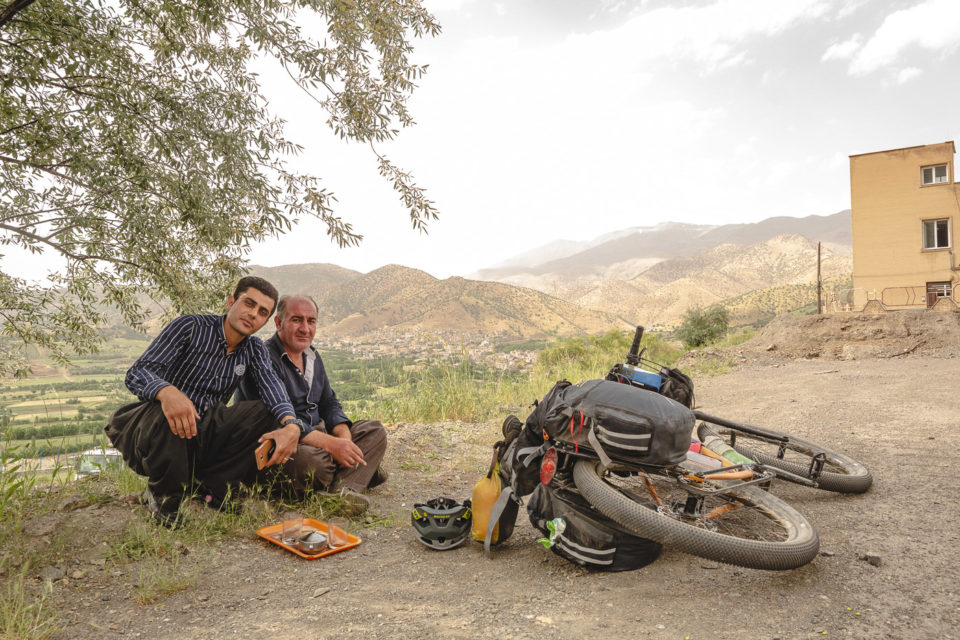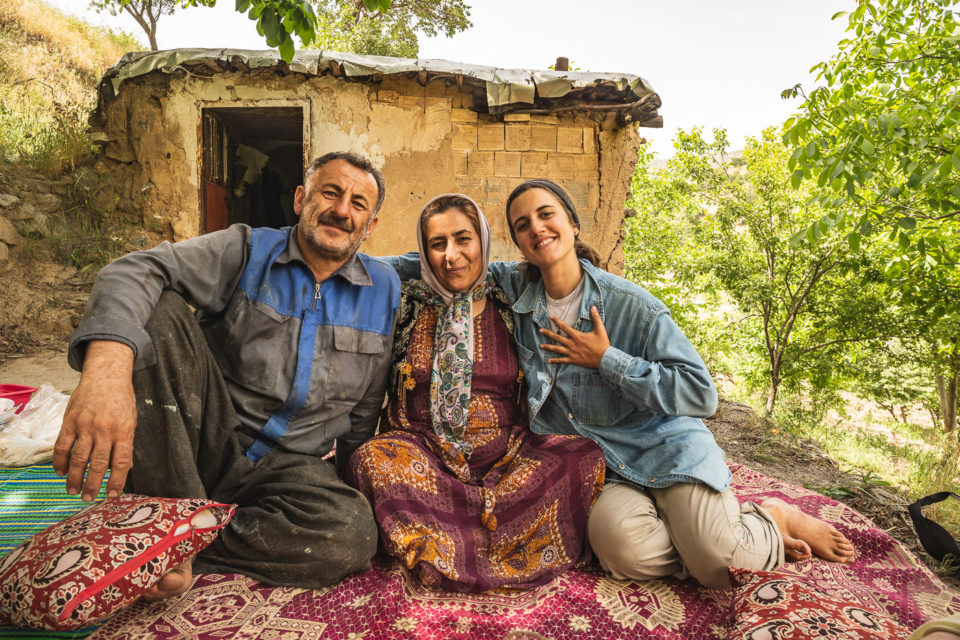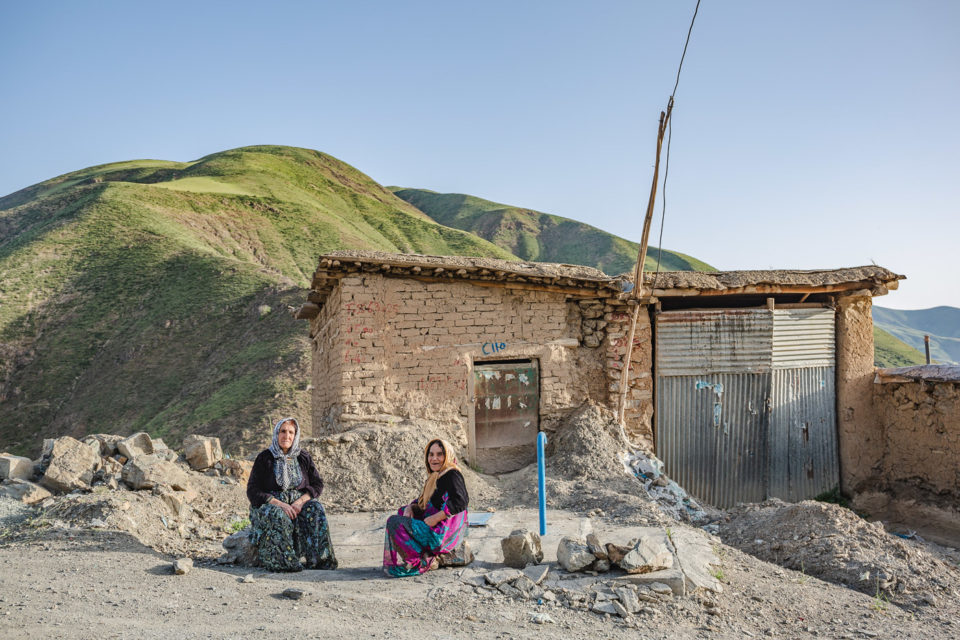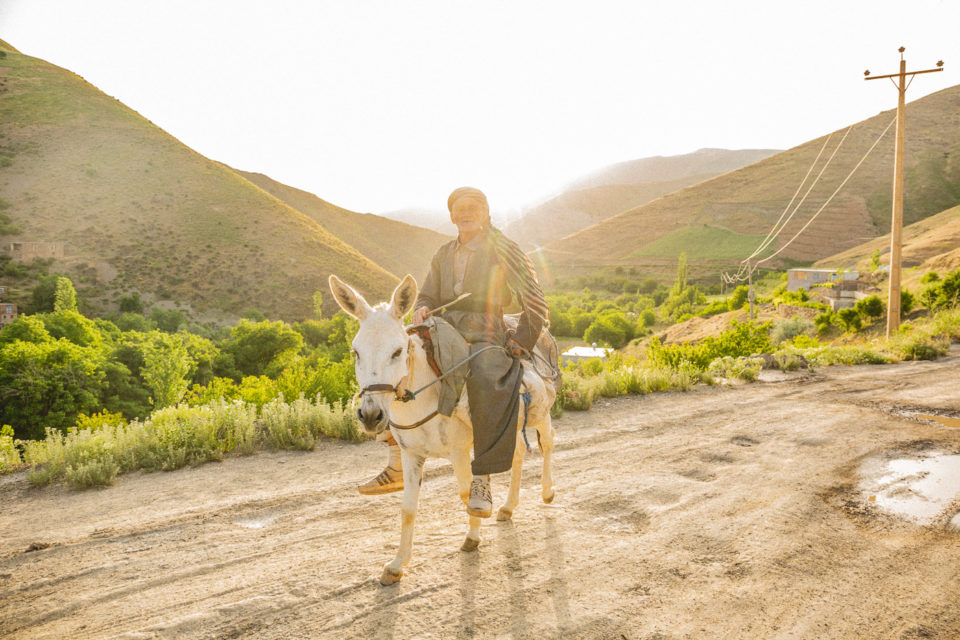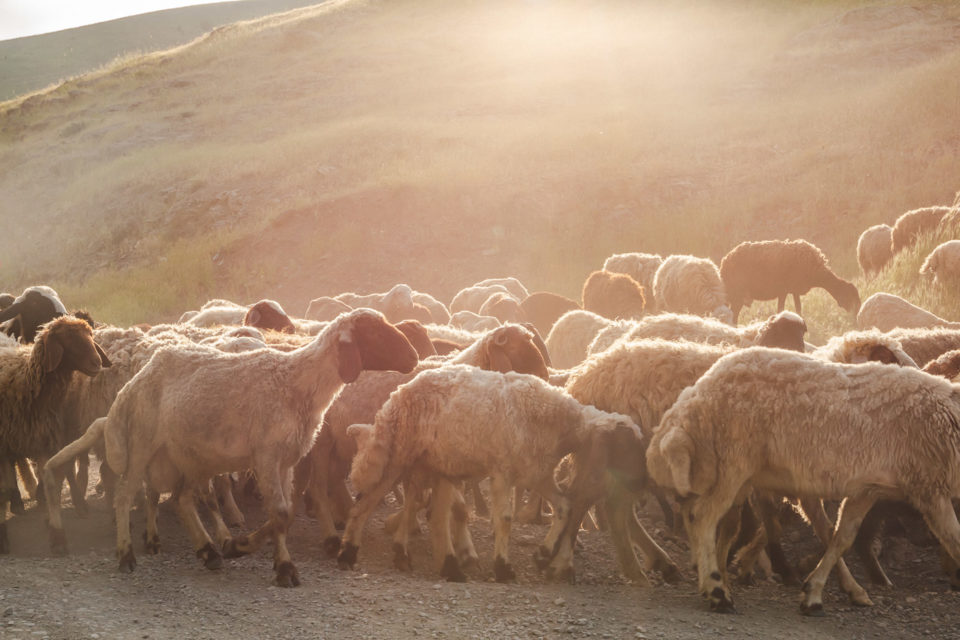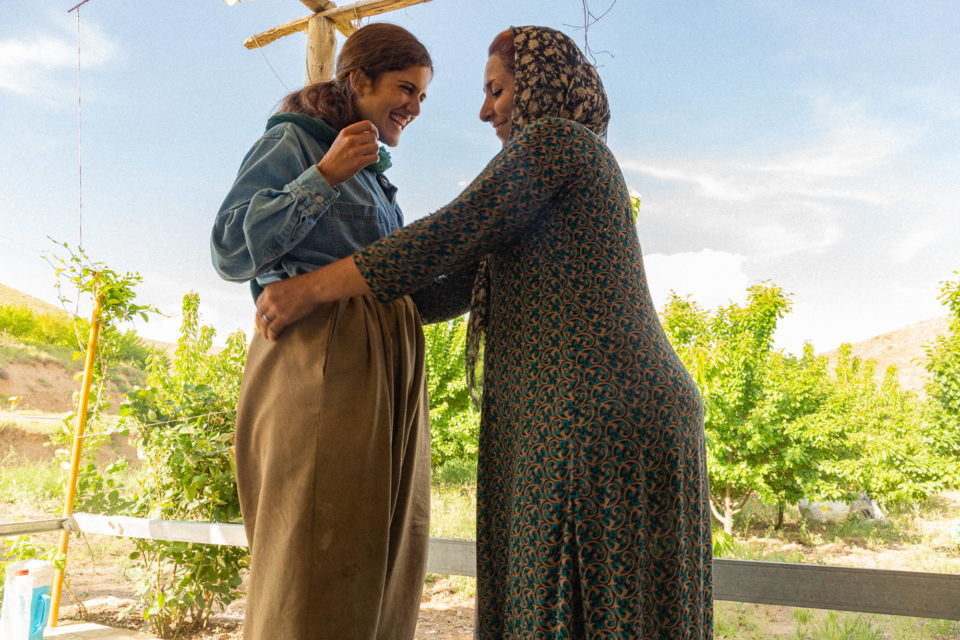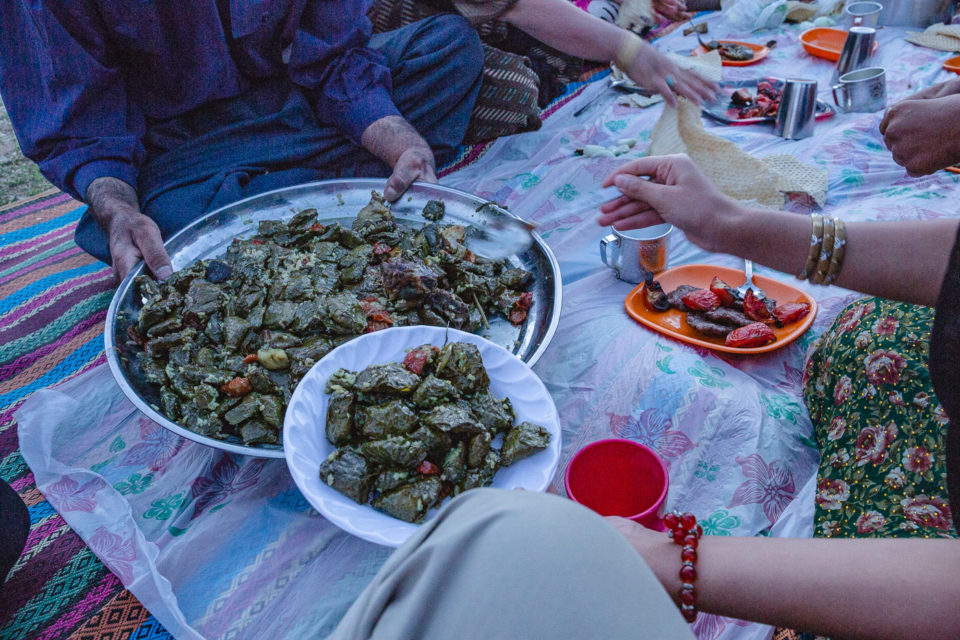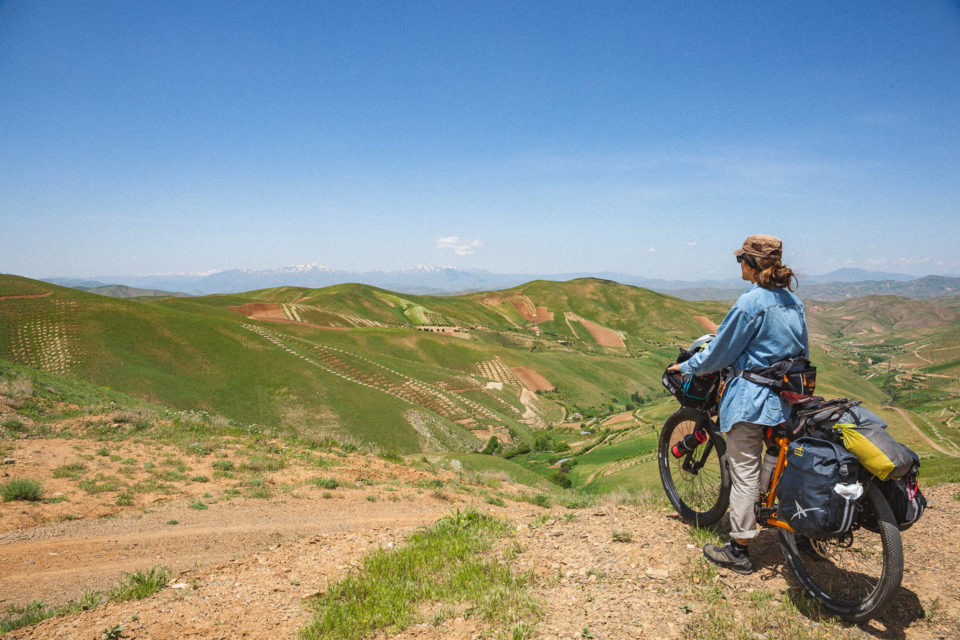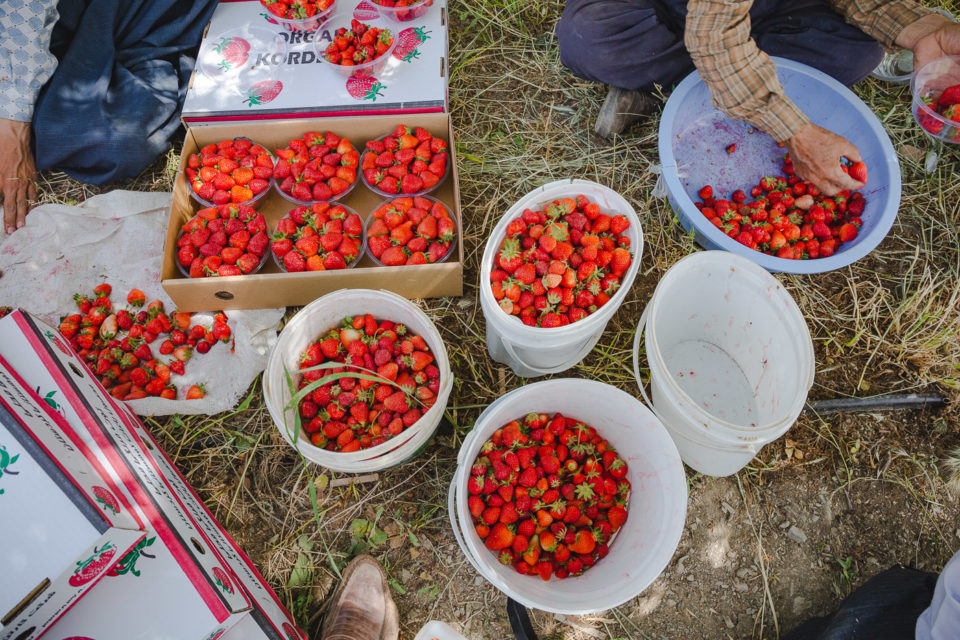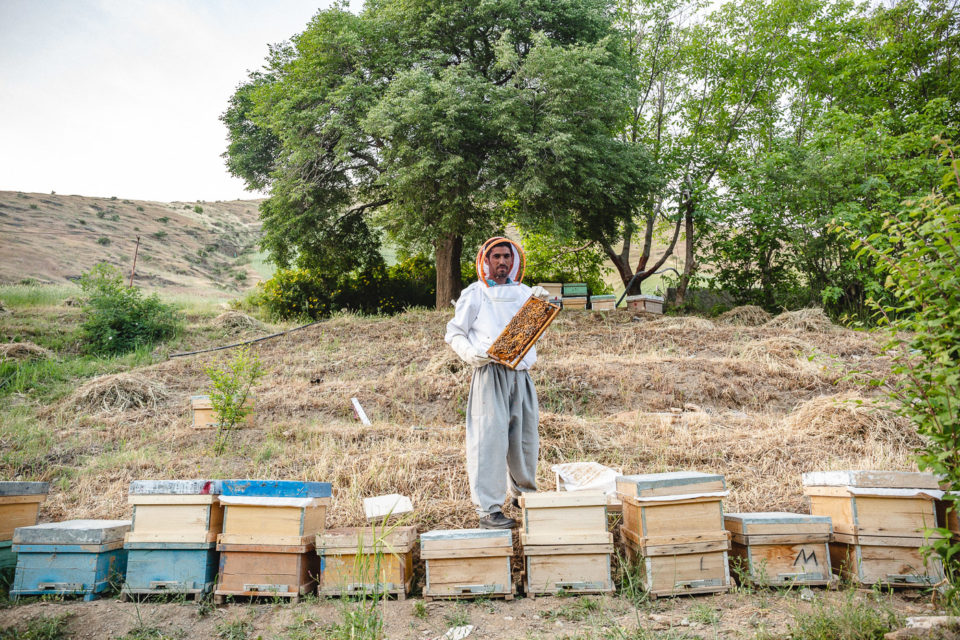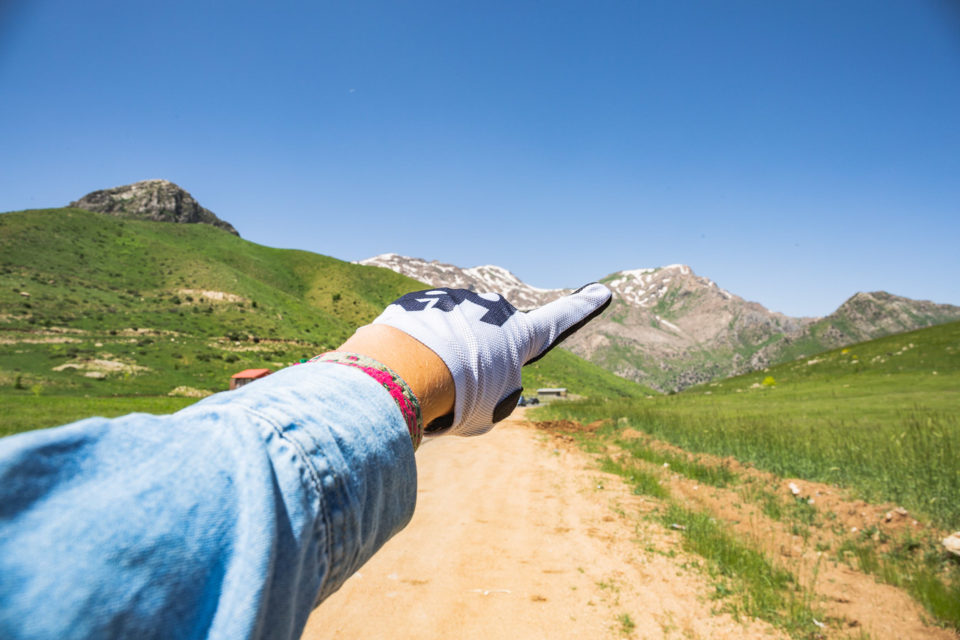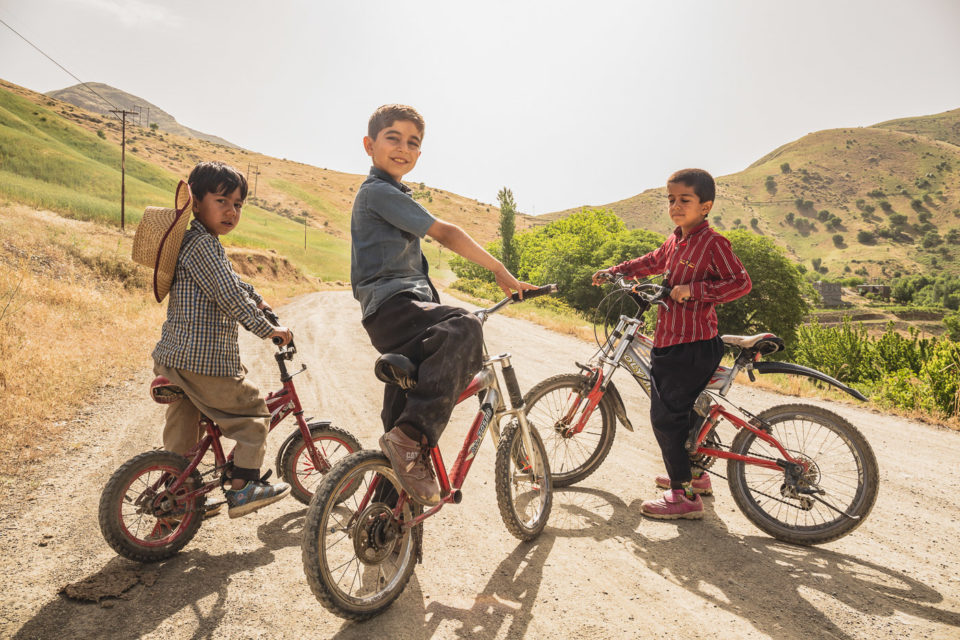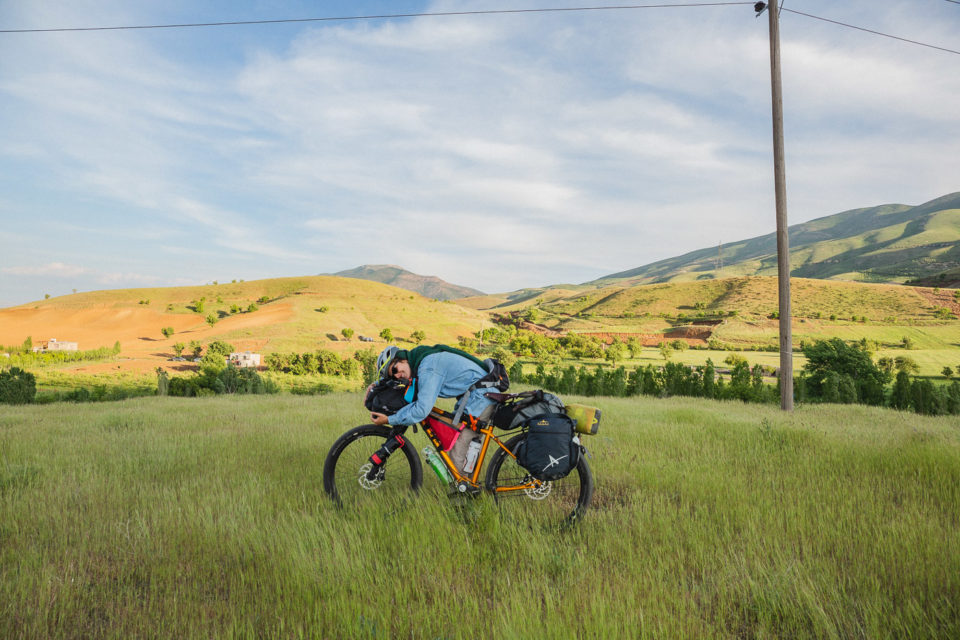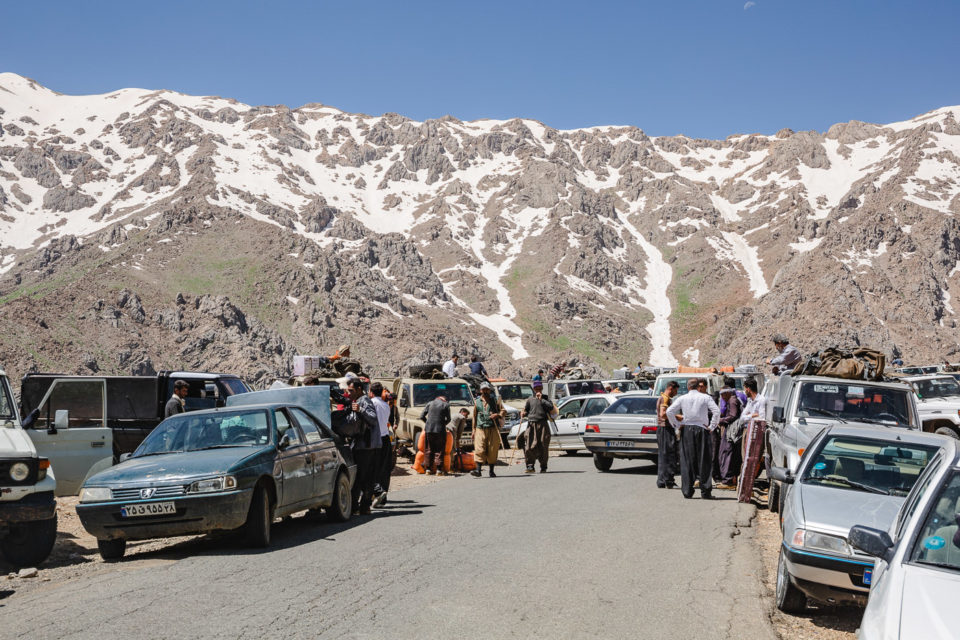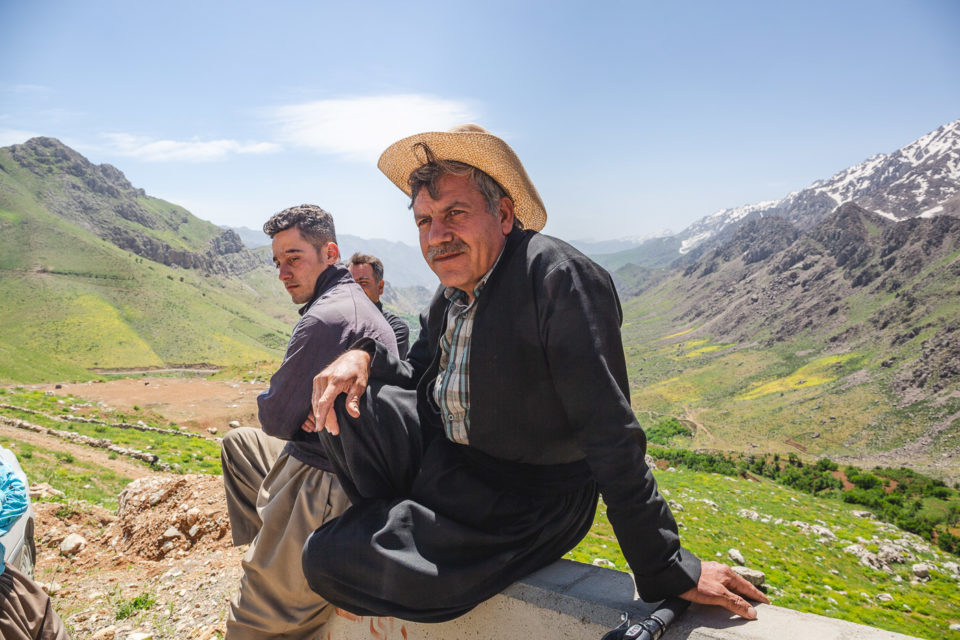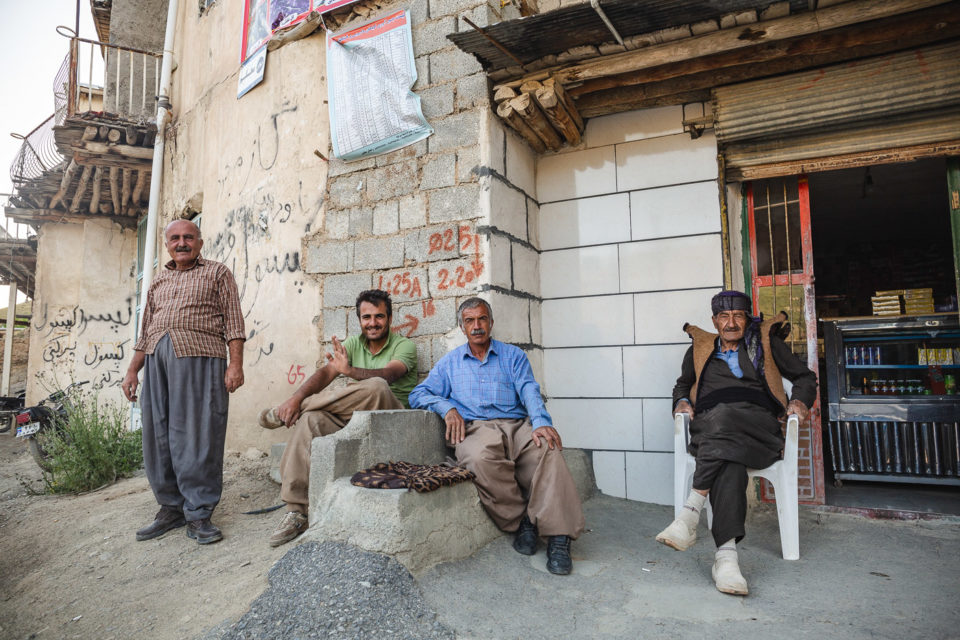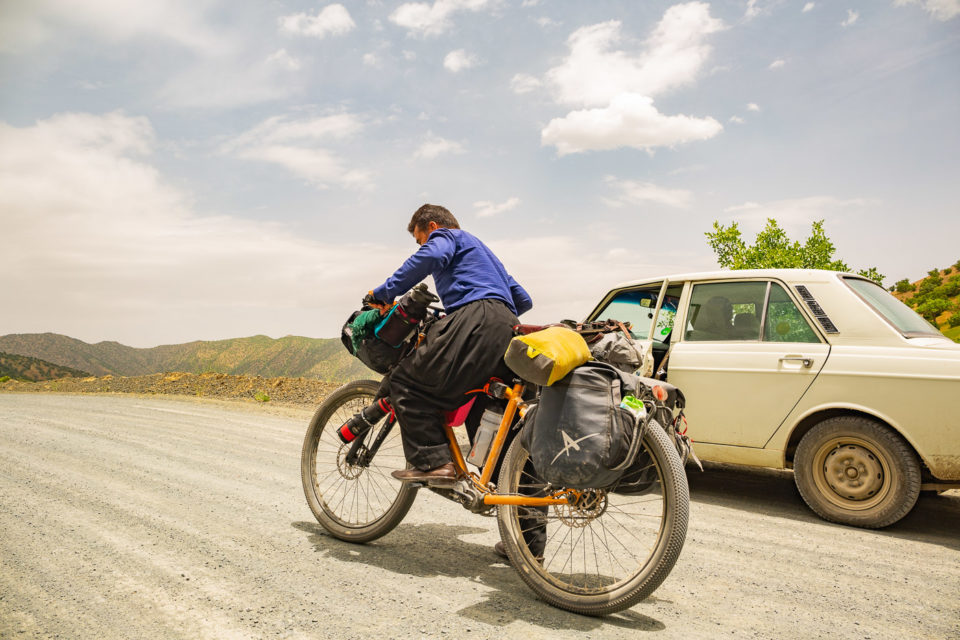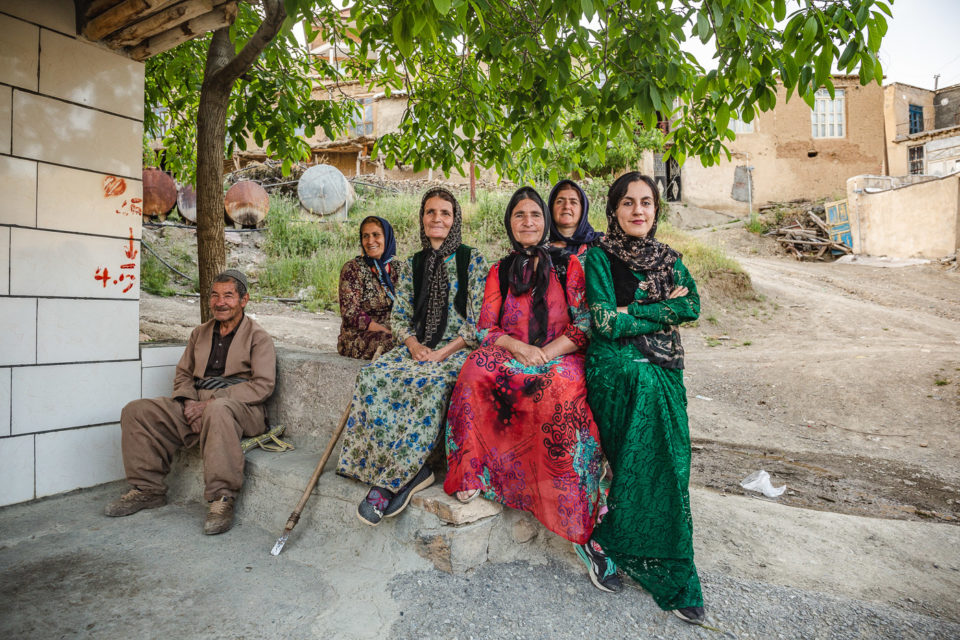Not Only Mountains: Bikepacking Iranian Kurdistan
Photographer Ana Zamorano spent a month pedaling through Iranian Kurdistan, getting to know its lush landscapes and warm locals. Along the way, she documented the places and people she encountered in this unique and infrequently visited region. Find her report here, paired with a beautiful set of photos…
PUBLISHED Jun 10, 2020
Words and photos by Ana Zamorano (@remoteana)
I’d been eager to experience Iran for many years, but it wasn’t until I was cycling through South America that the idea finally began to take form. Whilst enjoying some days off in Sucre, Bolivia, I met my first Iranians, who fuelled my desire to visit their country. After finishing my trip in the Americas, I flew straight to Teheran to begin my Iranian adventure.
I spent my first days in the capital where I had the opportunity to discover and attempt to understand a completely new country. Since everything changed drastically coming from America, it took me more than a week to feel ready to hit the road, or, the off road, as was the case. As a solo woman in a country where the tough laws not only require women to wear a hijab but forbid them from cycling, I was initially afraid. I left Teheran asking myself if I’d made the right decision.
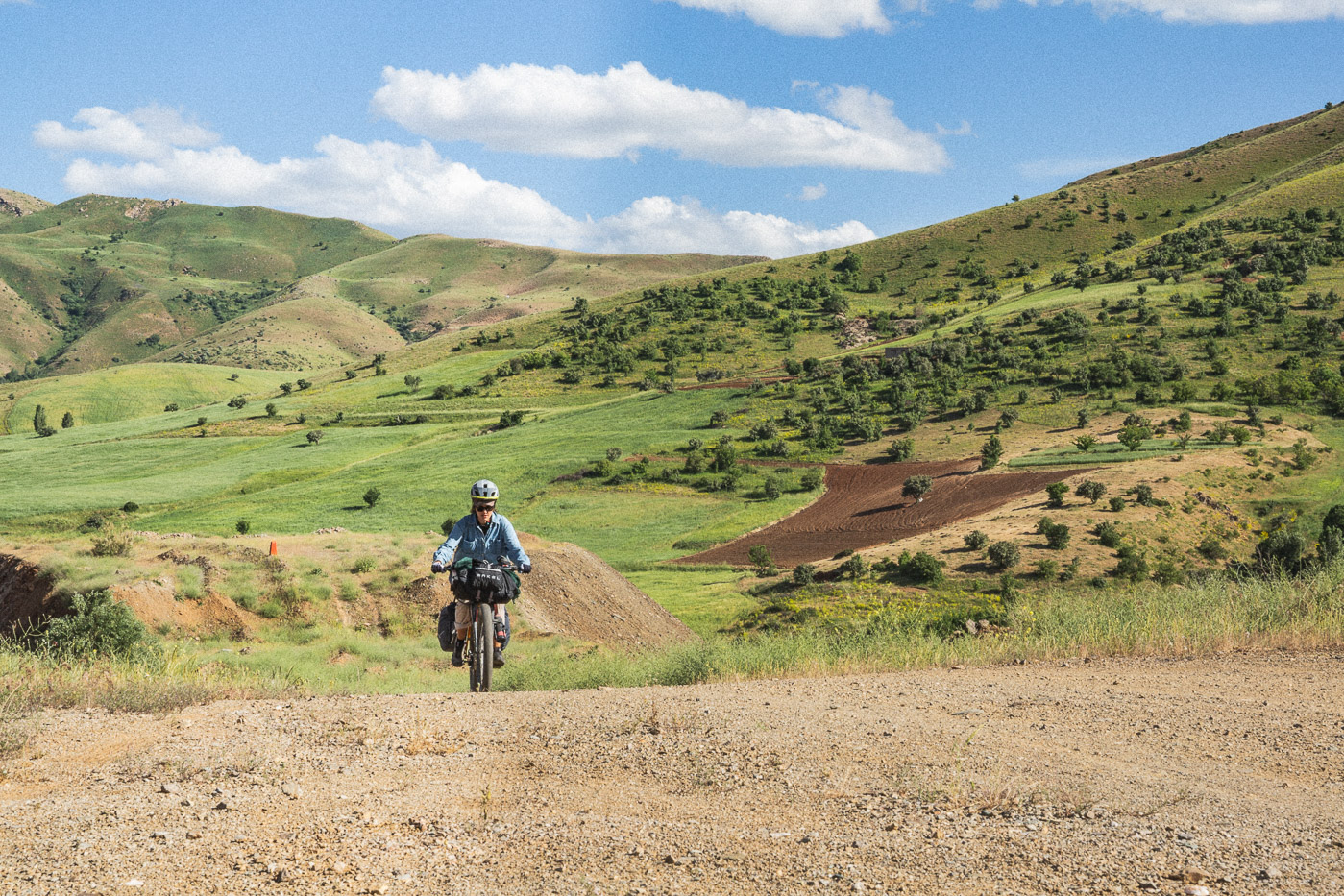
From there, I started the typical route to the southern part of the country. I visited places like Shiraz, Isfahan, and Yazd. They were beautiful, but the people I met were undoubtedly the highlight. Out of all my travels, Iranians were generally the kindest and most wonderful people I’ve ever met, and even they described the Kurdish as the warmest of them all.
After more than 1,000 kilometres through the central part of Iran, the dry desert landscapes and the unbearable heat gave me perfect excuses to head west in search of some greener landscapes and mountains. The necessity of some new passes, the curiosity of a new culture, and all the articles I’d read in university about the Kurdish women fighting in the war gave me enough motivation to arrive in Sanandaj just two days before my visa was set to expire.
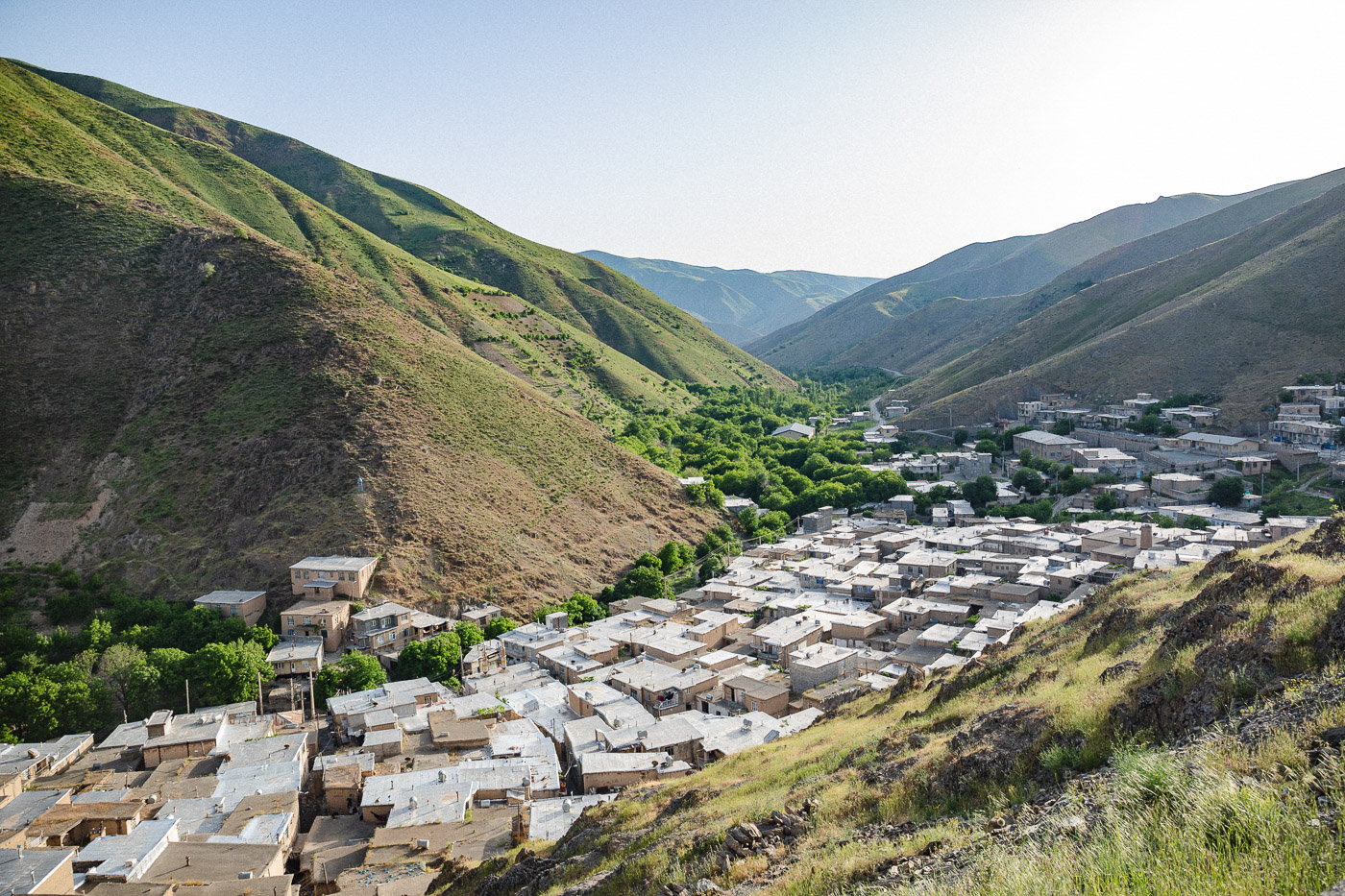
Unbeknown to me, this was probably the toughest police station in the country to ask for an extension. Despite diligently filling out the paperwork and handing in the payment, I was rejected. “You’re a solo woman in a dangerous area,” the officer said, adding, “When you return with your husband and kids, I promise I will give you more than a month.” He then stamped a bright red “CANCEL” across my visa. This reflected, to a very small extent, some of the limitations placed on women I had heard about all across the central part of Iran. I felt dejected, but was determined to press on.
The next day I took a bus out of the province and after lying about being solo (“My husband is on his way from Europe, he will arrive in three days”) they gave me my blue stamp and I had my visa. By this point, I felt fully ready to hit Iranian Kurdistan, so I jumped on the bus back to where I’d left my bike and started cycling straight away. I’d been dreaming of this part of Iran since arriving in the country, and it was finally here.
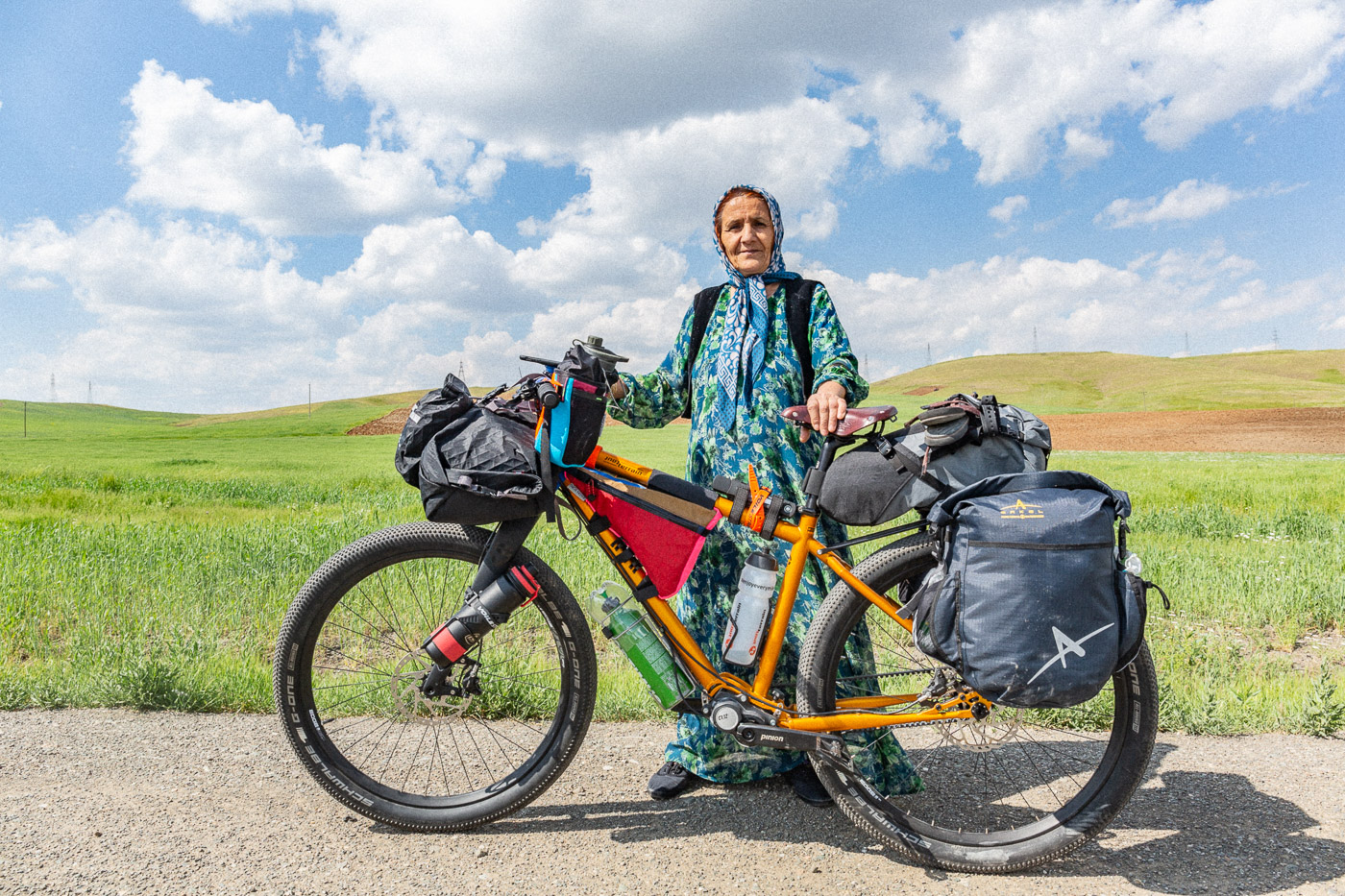
On my first day in Kurdistan, everything looked so unique, so fresh, through my eyes. I could see the changes in the culture, music, language and clothing. Kurdistan is a roughly defined geo-cultural historical region divided into four areas: Turkey (Northern Kurdistan), Syria (Western Kurdistan), Iraq (Southern Kurdistan) and Iran (Eastern Kurdistan). Mountains are important geographical and symbolic features, they even have a saying that “Kurds have no friends but the mountains.” But I beg to differ, they at least have a new friend in me.
From my perspective as a solo woman traveling by bicycle, the Kurds demonstrated nothing but kindheartedness. The first Kurd I met was a shepherd with more than 100 sheep who passed by at dusk as I was searching for a place to camp. I waved at him initially, but he scurried away, pushing his flock downhill. It was still light when he came back on a motorbike with a five-liter tank of water and a loaf of homemade bread for me. We only could communicate with each other using hand signs, but it was enough to sit together and share some of the pasta I’d made for dinner. That meal marked the beginning of a month of family dinners, each and every night. I even went to a Kurdish wedding where I learned a strange new dance, just moving the shoulders. I also helped a family pick strawberries and tasted some wonderful vegetables and local honey.
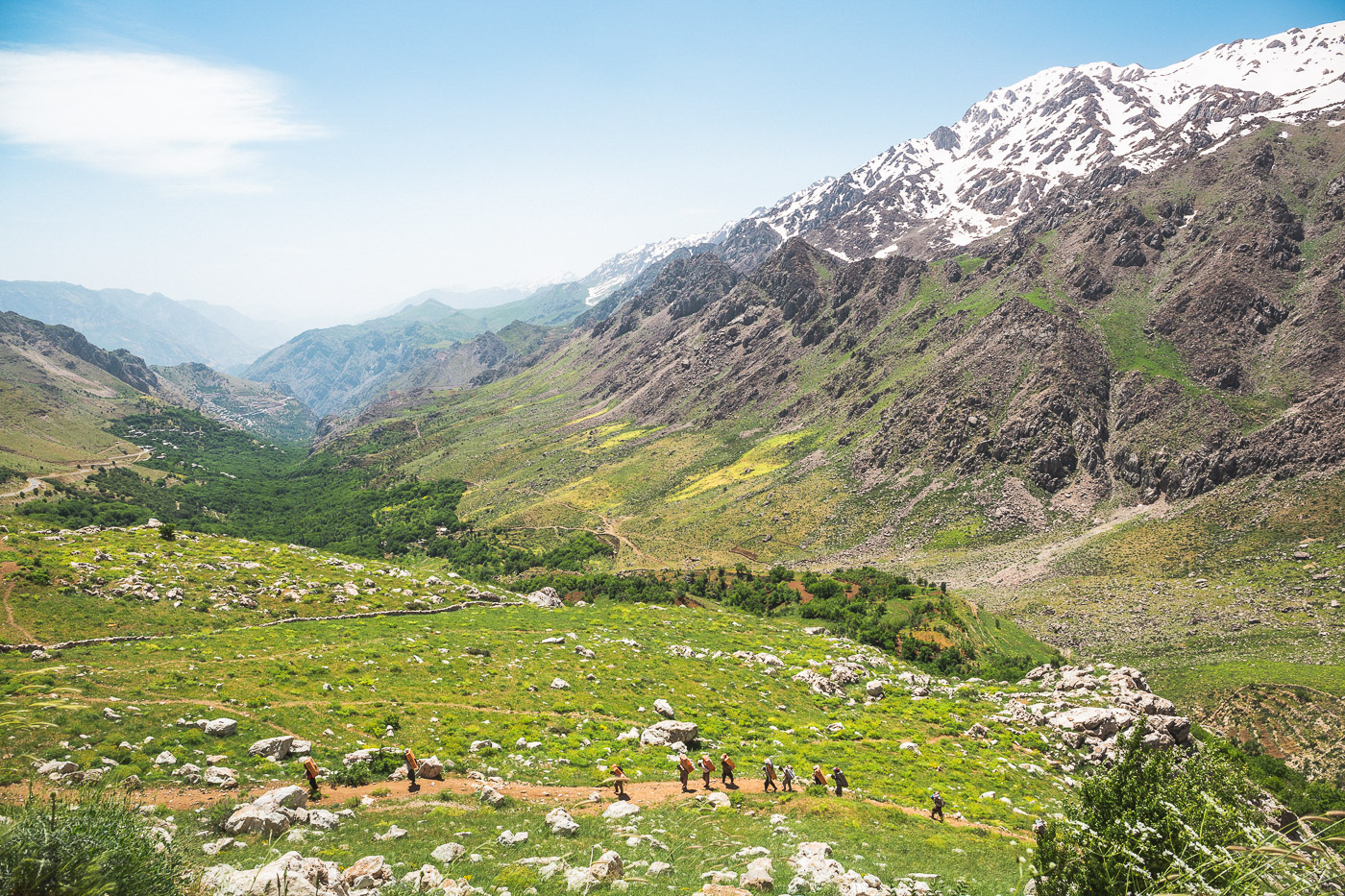
The Kurdish people were surprised to see a woman on a bike, especially in the Uraman Valley near Iraq. I admit I felt a looming fear of the nearby military base, but I heard nothing but “Come on!” from passersby and saw only heartfelt smiles. With 400 metres of ascent remaining on a big climb, I decided I was close enough to the top to enjoy a rest with a view of the range that divided the two countries. I’d just sat down on the ground next to my bike when a long queue of young guys carrying big orange sacks on their backs came walking by. For decades, the Iraq-Iran border has served as a smuggling route, mainly to transport illegal goods, like cigarettes, to Iran. For a few dollars a day, they risk their lives sliding down the slopes of the mountains, but there is little else they can do for work there.
A short while later near a market, I stopped again after receiving an invitation for tea. Some taxi drivers told me stories of being regularly shot at by border guards on top of nearby passes. There’s actually a well-known saying among them: “Border or Center.” It means if they do not smuggle, they must leave their families for low-ranking jobs in the city.
The Iranians and Kurdish alike are deeply passionate about respecting their traditions and being close to their families. Passing through the Zagros mountains on a winding road, I saw dramatic cliffs, waterfalls, rivers, and incredible stair-stepped villages like Avihang. Experiencing Iranian Kurdistan by bicycle was a dream come true. I was welcomed everywhere I went. Tea always made for a perfect excuse to be invited into a new house, always with different families, but the same generosity. Getting out of the more travelled parts of Iran was by far the best decision I made on my trip, not only for the Kurdish landscapes, but because of their hospitality and the unique sense of calm I felt while cycling through this relatively unknown part of the world.
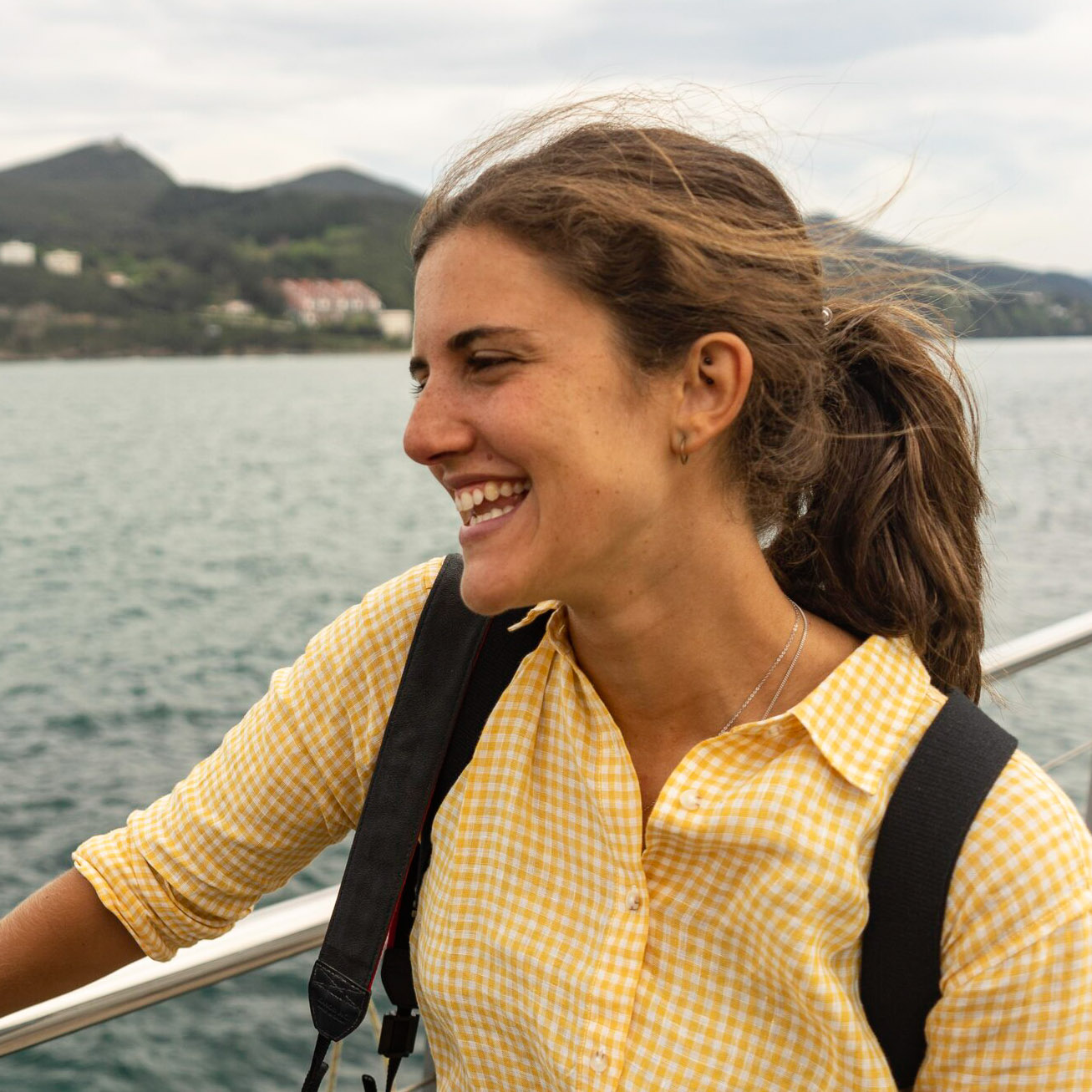
About Ana Zamorano
Ana Zamorano is a photographer, filmmaker, and designer based in the Basque country. She has travelled extensively through South America, Central Asia, Africa, and beyond, shooting portraits and documenting life along the way. Find more of her work on Instagram @remoteana or by visiting her website.
Please keep the conversation civil, constructive, and inclusive, or your comment will be removed.







